
*** EXCLUSIVE – VIDEO AVAILABLE ***
LOFOTEN, NORWAY – APRIL 2016: While Joel was in Norway the sun was out for nearly 20 hours a day giving him the chance to make the most of the soft light in Lofoten, Norway, April 2016.
Submerge yourself in the fantastical natural beauty of Norways Lofoten Islands with these stunning landscapes. While leading a photo tour with fellow photographer Magali Tarouca, Joel Santos dedicated as much time as possible to documenting the regions famous scenery with his drone camera. The Portuguese photographer spent five days travelling over 1500km to thoroughly scout the locations before the participants arrived.With darkness only creeping in for a few hours in the early morning, Joel only slept for a few hours a night to take full advantage of the light and to capture the towns and villages of Reine, Hamnøy, Sakrisøya, Olenilsøya, Unstad, Uttakleiv, Nusfjord, Henningsvær and Fredvang.
PHOTOGRAPH BY Joel Santos / Barcroft Images
London-T:+44 207 033 1031 E:hello@barcroftmedia.com –
New York-T:+1 212 796 2458 E:hello@barcroftusa.com –
New Delhi-T:+91 11 4053 2429 E:hello@barcroftindia.com www.barcroftmedia.com (Photo credit should read Joel Santos / Barcroft Images / Barcroft Media via Getty Images)
Oslo’s fjords, inlets of glacier-derived waters ensconced by steep cliff-sides, might look pristine and majestic in the winter, but reveal hidden aggregations of garbage beneath when thawed. Amongst the environmentally disconcerting hunks of trash are abandoned cars and plastic materials that damage local marine life. In addition to Oslo eagerly working to become the first major European city to establish car-free zones by 2019, it is now proactively looking toward drone technology to combat its polluted Fjords beneath.
According to The New York Times, the depths of Norway’s southern fjords likely contain historically significant items like sunken Viking ships and World War II materials, in addition to potential homicide victims and general trash. It is the latter, that environmentalists in the area are keen on combating via unmanned vehicles equipped with drone technology. The reason these fjords have swallowed such an abundance of garbage is that they’ve provided a popular method of disposal. “Not many years ago, a mayor said if you want to get rid of a car, put it on ice,” said Solve Stubberud, general secretary of the Norwegian Divers Federation.
Not many years later, fortunately, the capital is keenly eyeing drone tech to proactively clean its surroundings. “We will test out drones,” said Svein Olav Lunde, chief technical officer of the Oslo Port Authority, to clear away the “islands of trash” under water. According to board member Geir Rognlien Elgvin, the city’s port will be the first in the world to attempt a drone-assisted clean up of this kind. The drones themselves will essentially dive beneath the surface and locate substantial build-ups of trash, so that the electric-powered ship they deploy from can utilize its crane to assist in removal.
As The New York Times is wise to point out, Norwegians have a strong sense of pride and justice when it comes to their environment, having collectively been disgusted in January by images on social-media of dead dolphin trapped in plastic. This loud, moral compass which is further evident by the city’s plans on designating car-free zones in certain areas was awarded the European Green Capital Award for 2019. It’s no surprise then, that the city is working on yet another way to improve environmentally, this time, through drone technology.
“Plastic is the real problem,” said Stubberud. He claims that that besides politicians publicly voicing their interest in fighting pollution, it’s the environmentalists driving the ambitious plans exemplified by this new drone-tech approach. Unfortunately, Norway’s government allows mines to dump their waste offshore, providing for a frustrating situation where one initiative could really begin to make a difference, and an active legislation allowing for waste to be dumped into the ocean on a regular basis.
Christine Spiten, a drone pilot and tech entrepreneur, would describe the amount of trash in the fjords as vast. “There are whole households of furniture,” she explained. Having showcased Blueye’s Pioneer remote operated vehicle (ROV) drone to Oslo Port Authority representatives in February, during which she found a rusty bicycle underwater, she argued for the technology’s convenience and functionality. Hopefully for her, the citizens of Oslo and every other living thing on this Earth, our collective tech advancements continue to be used for environmental clean-up in the area.
(thedrive)



 Saab and Avinor announced that the northern Automatic Dependent Surveillance (ADS-B) region of the Norway National Wide Area Multilateration (WAM) system is now operational.
Saab and Avinor announced that the northern Automatic Dependent Surveillance (ADS-B) region of the Norway National Wide Area Multilateration (WAM) system is now operational.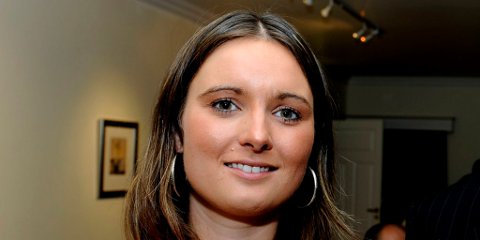
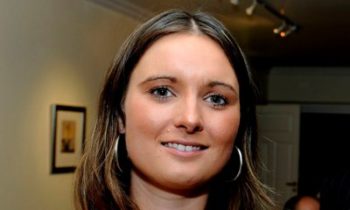 Hanne Maren Blafjelldal, Norway’s Deputy Minister of Agriculture and Food joined FAO’s International Treaty Secretary, Kent Nnadozie, on a very special field mission in Africa today – to visit farmers’ fields in Malawi.
Hanne Maren Blafjelldal, Norway’s Deputy Minister of Agriculture and Food joined FAO’s International Treaty Secretary, Kent Nnadozie, on a very special field mission in Africa today – to visit farmers’ fields in Malawi.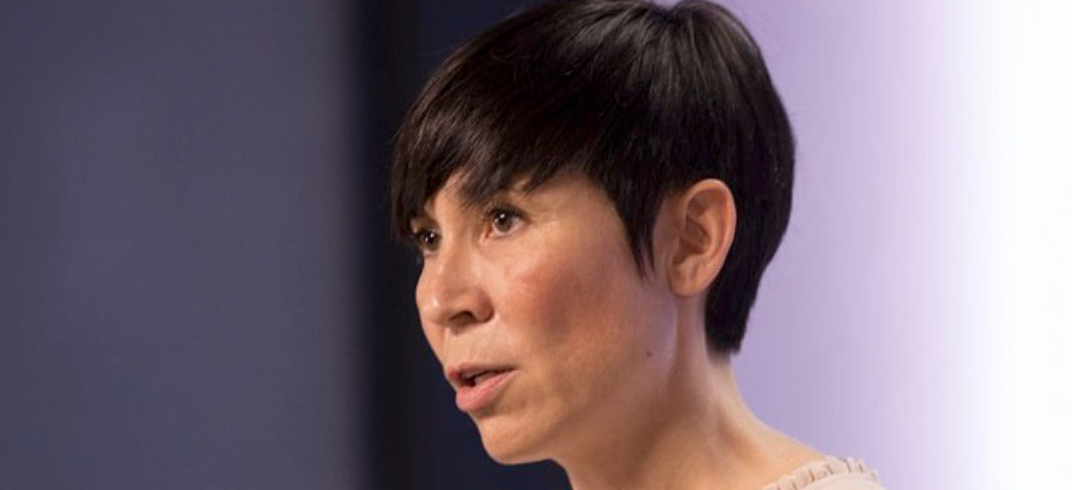
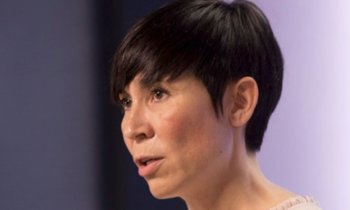 Norway is almost doubling its development assistance to the Western Balkans, with an increase from NOK 175 million in 2017 to NOK 319 million in 2018.
Norway is almost doubling its development assistance to the Western Balkans, with an increase from NOK 175 million in 2017 to NOK 319 million in 2018.
 Norwegian road authority Norska Statens Vegvesen (NSV) is deploying Klimator and Nira Dynamics’ Road Status Information (RSI) software in connected cars to determine and transmit road grip conditions in real-time with the intention of increasing safety on wintry roads. RSI uses algorithms that combine the data from the vehicles with information from roadside weather stations and weather forecasts.
Norwegian road authority Norska Statens Vegvesen (NSV) is deploying Klimator and Nira Dynamics’ Road Status Information (RSI) software in connected cars to determine and transmit road grip conditions in real-time with the intention of increasing safety on wintry roads. RSI uses algorithms that combine the data from the vehicles with information from roadside weather stations and weather forecasts.
 There was a massive crackdown on underground poker in Oslo Thursday evening, per a translated report from
There was a massive crackdown on underground poker in Oslo Thursday evening, per a translated report from 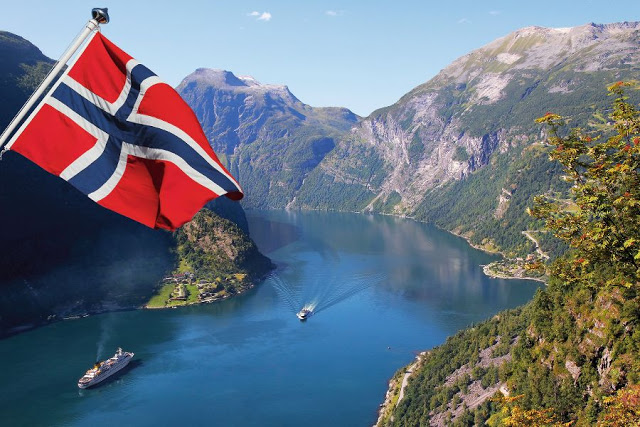
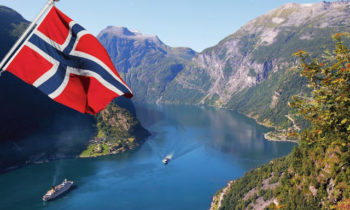 Norway will continue its contribution to the fight against the terrorist organisation ISIL. Norway will maintain its troop contributions from the Army and the Special Forces after March 2018, and will in addition deploy a medical unit to Iraq.
Norway will continue its contribution to the fight against the terrorist organisation ISIL. Norway will maintain its troop contributions from the Army and the Special Forces after March 2018, and will in addition deploy a medical unit to Iraq.
 Police in Norway have contacted the FBI as part of an investigation into a fake nomination for Donald Trump to win this year’s Nobel Peace Prize.
Police in Norway have contacted the FBI as part of an investigation into a fake nomination for Donald Trump to win this year’s Nobel Peace Prize.
 Nintendo has issued the following statement in response: “The operation of Nintendo eShop in Europe is fully compliant with European laws relating to the statutory rights of consumers.”
Nintendo has issued the following statement in response: “The operation of Nintendo eShop in Europe is fully compliant with European laws relating to the statutory rights of consumers.”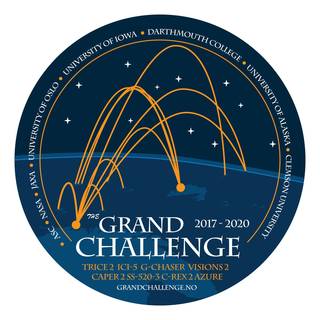
 North of Norway over the Norwegian and Greenland Seas, the magnetic bubble surrounding the Earth dips inward, allowing space particles to funnel in toward the planet.
North of Norway over the Norwegian and Greenland Seas, the magnetic bubble surrounding the Earth dips inward, allowing space particles to funnel in toward the planet.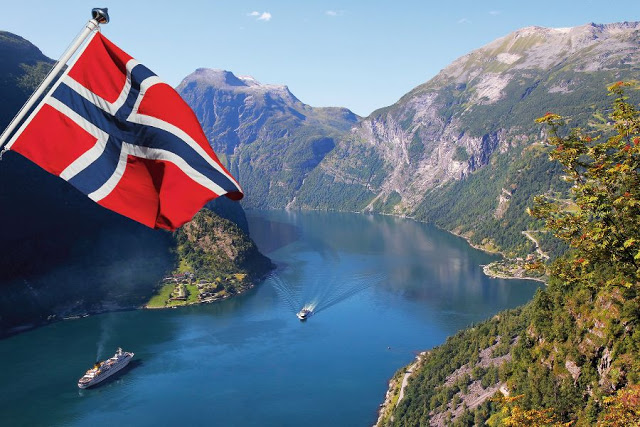
 The increased funding will go to a civilian component of the G5 Sahel cooperation, including capacity building within international humanitarian law and human rights.
The increased funding will go to a civilian component of the G5 Sahel cooperation, including capacity building within international humanitarian law and human rights.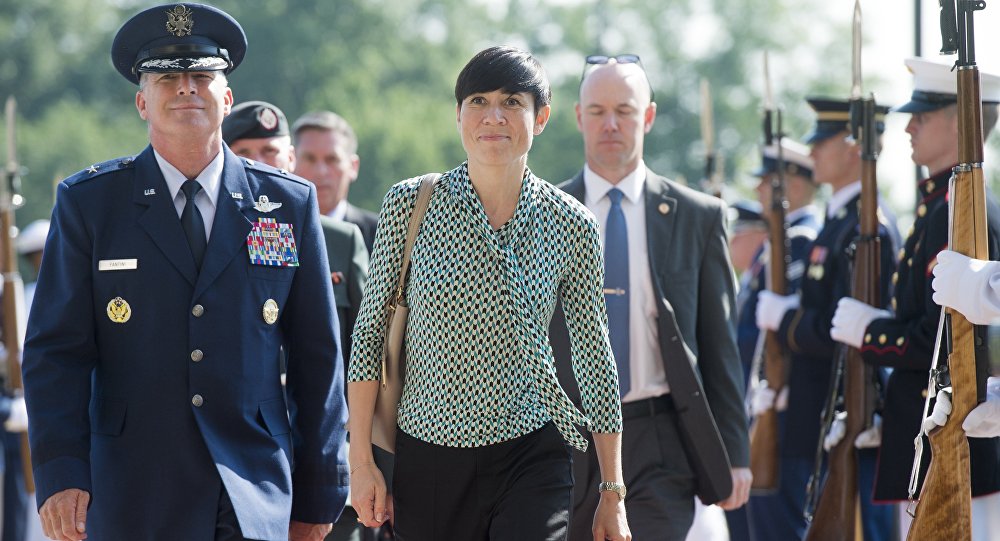
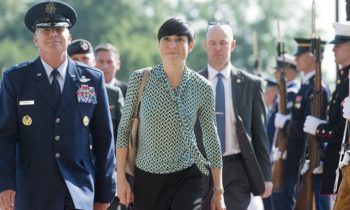 Minister of Foreign Affairs Ine Eriksen Søreide and Minister of International Development Nikolai Astrup are urging all partner organisations that receive funding from Norway to intensify their efforts to prevent sexual harassment, violence and abuse committed by employees in the aid sector.
Minister of Foreign Affairs Ine Eriksen Søreide and Minister of International Development Nikolai Astrup are urging all partner organisations that receive funding from Norway to intensify their efforts to prevent sexual harassment, violence and abuse committed by employees in the aid sector.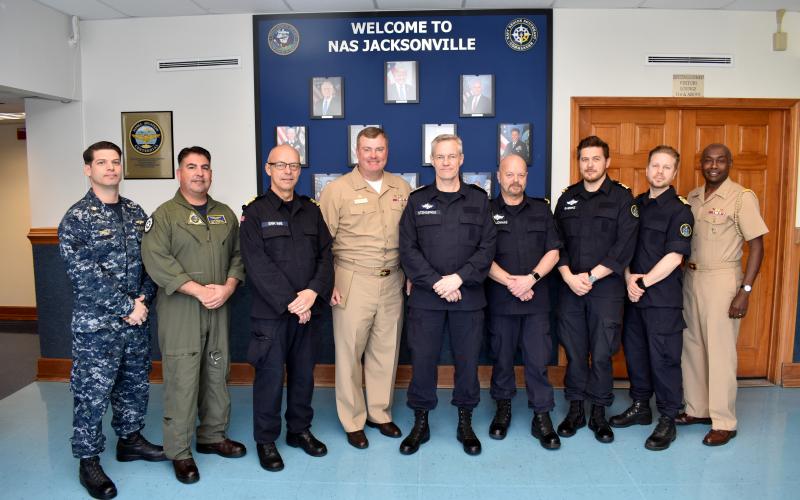


 While The US Air Force is completing another round of cold-weather testing of the F-35A at Eielson Air Force Base in Alaska, Norway completed a successful verification of the drag chute system at Ørland Air Force Base in Norway February 16th.
While The US Air Force is completing another round of cold-weather testing of the F-35A at Eielson Air Force Base in Alaska, Norway completed a successful verification of the drag chute system at Ørland Air Force Base in Norway February 16th.
 Oakland, CA—On February 14, 2018,
Oakland, CA—On February 14, 2018, 
 For 2 weeks in September and October last year, traces of the humanmade isotope ruthenium-106 wafted across Europe, triggering detectors from Norway to Greece and Ukraine to Switzerland. The radioactive cloud was too thin to be dangerous, containing no more than a few grams of material, but its origin posed an outsize mystery.
For 2 weeks in September and October last year, traces of the humanmade isotope ruthenium-106 wafted across Europe, triggering detectors from Norway to Greece and Ukraine to Switzerland. The radioactive cloud was too thin to be dangerous, containing no more than a few grams of material, but its origin posed an outsize mystery.
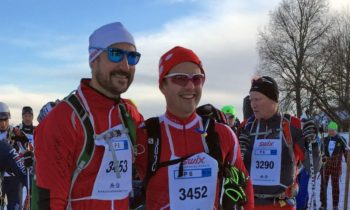
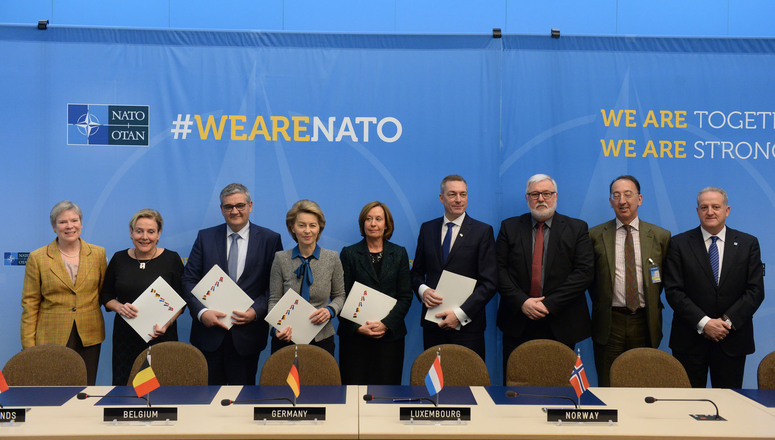
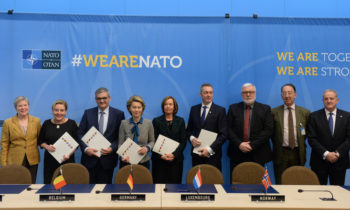 On Wednesday (14 February 2018), Belgium joined a multinational effort to acquire a European multinational fleet of Airbus multirole tanker–transport (MRTT) aircraft. At a signing ceremony at NATO Headquarters in Brussels, Defence Ministers from Belgium, Germany, Luxembourg, the Netherlands and Norway celebrated Belgium’s official accession to this effort.
On Wednesday (14 February 2018), Belgium joined a multinational effort to acquire a European multinational fleet of Airbus multirole tanker–transport (MRTT) aircraft. At a signing ceremony at NATO Headquarters in Brussels, Defence Ministers from Belgium, Germany, Luxembourg, the Netherlands and Norway celebrated Belgium’s official accession to this effort.
 OSLO, February 7th 2018 – EAT is pleased to announce the appointment of Alessandro Demaio, MD, MPH, PhD, as its new chief executive officer. Currently a Medical Officer at the World Health Organization, Demaio will assume his role in April 2018.
OSLO, February 7th 2018 – EAT is pleased to announce the appointment of Alessandro Demaio, MD, MPH, PhD, as its new chief executive officer. Currently a Medical Officer at the World Health Organization, Demaio will assume his role in April 2018.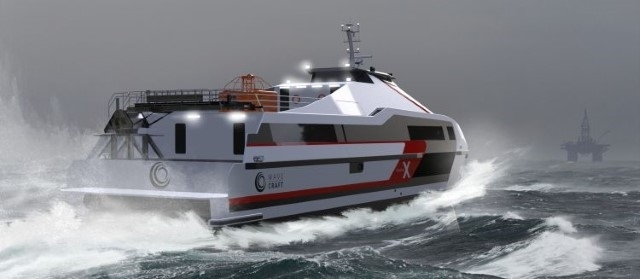
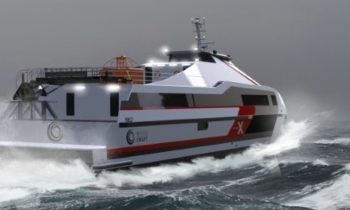 In the last 18 months, a number of new designs have been launched in the market for high-speed crew transfer – the latest is based on an evolved version of a hullform used on the Royal Norwegian Navy’s fast missile craft
In the last 18 months, a number of new designs have been launched in the market for high-speed crew transfer – the latest is based on an evolved version of a hullform used on the Royal Norwegian Navy’s fast missile craft
 Seven of the
Seven of the
 A sharp increase in the visa application charge for international students, plus a significant increase in the minimum amount that international students must deposit in the country before beginning their studies in Norway, have drawn criticism from student groups and political opponents.
A sharp increase in the visa application charge for international students, plus a significant increase in the minimum amount that international students must deposit in the country before beginning their studies in Norway, have drawn criticism from student groups and political opponents.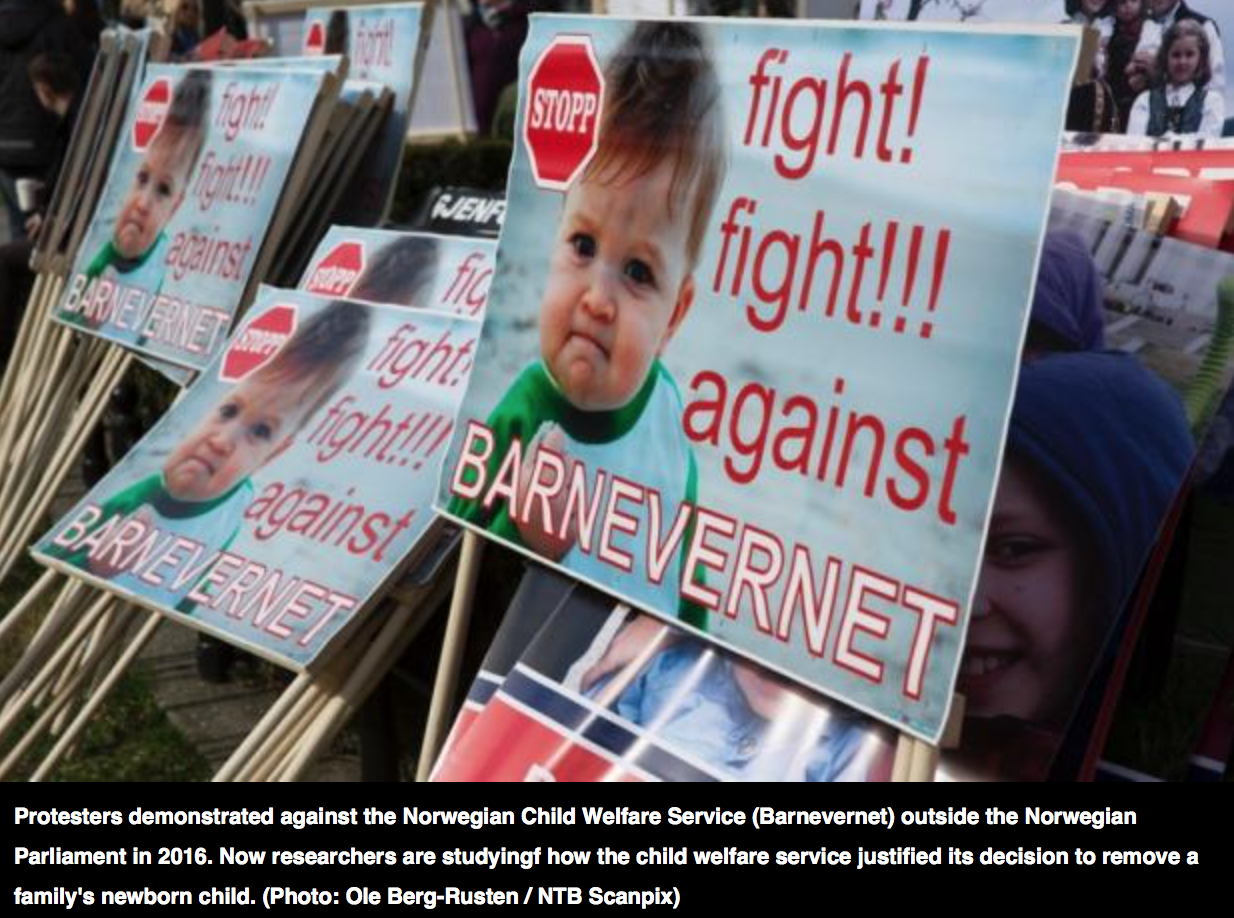
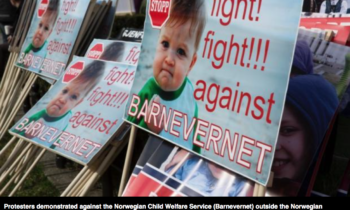 Researchers are working to understand why Norway’s child protective services sometimes resort to the dramatic step of taking a child from its mother right after birth.
Researchers are working to understand why Norway’s child protective services sometimes resort to the dramatic step of taking a child from its mother right after birth.